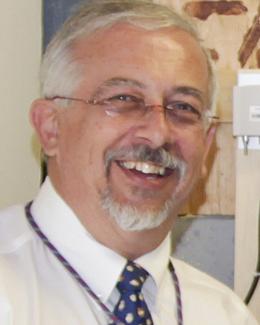Abstract
Oak Ridge National Laboratory is developing a web tool, built on a rule-based expert system, that aids stakeholders in designing energy-efficient moisture-durable walls. Currently, the tool’s expert system database is mostly populated with expert opinion, but work is being done to incorporate durability assessment based on stochastic hygrothermal modeling. Chamber experiments have been conducted to validate the hygrothermal models. The measured temperature and humidity have been compared with those predicted by the hygrothermal model. Experiments and comparison to one-dimensional hygrothermal modeling results were completed with two walls, a Structural Insulated Panel (SIP) based wall and a Concrete Masonry Unit (CMU) based wall. The two walls were succumbed to typical Chicago weather in ORNL’s Heat, Air and Moisture chamber. The walls were sequentially exposed to different scenarios, including diffusion, wetting, air leakage and solar radiation. For the most part, the hygrothermal simulations can be successfully used to predict the performance of these wall systems for the moisture transport phenomenon. Errors between measured and simulated values decreased as measurements got closer to the interior side of the wall. The root mean square error was larger for relative humidity (up to 17.5%-RH for CMU) than for temperature (up to 4.5°C for CMU wall). The errors were larger for the CMU wall than the wood frame wall. The phenomenon, including liquid water, caused large discrepancies between measurement and simulation results, and simulated results showed slower drying of materials than measured results. The one-dimensional nature of the simulation model made simulating air leaks difficult but not impossible.




